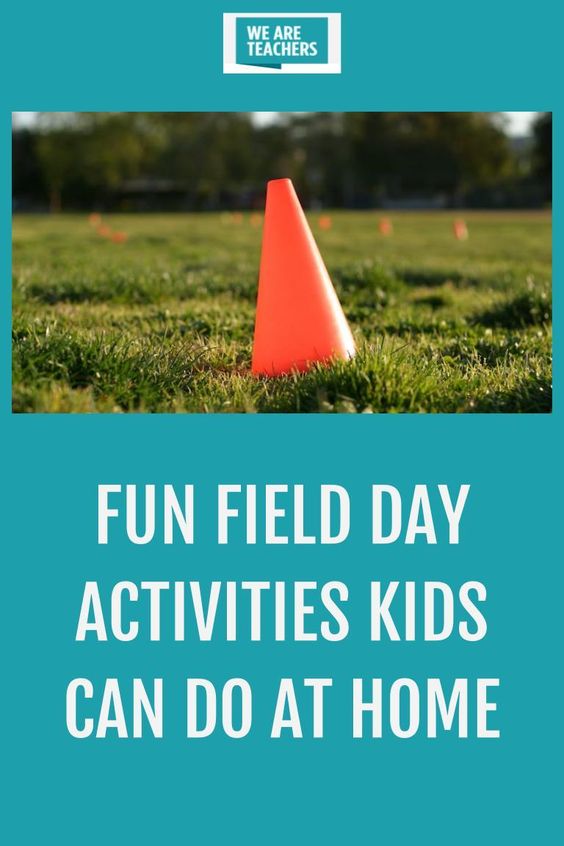Physical education (PE) teachers play a vital role in shaping the health and fitness of our youth. They dedicate their time and energy to teach students the importance of physical activity, teamwork, and overall wellness. If you’re looking for the perfect gift to show your appreciation for a PE teacher in your life, check out these 25 fantastic options:
1. High-quality whistle: A durable and easy-to-use whistle is an essential tool for any PE teacher.
2. Gym equipment storage: Help them keep their gym organized with equipment storage solutions like racks, shelves, or carts.
3. Custom clipboard: Personalize a clipboard with their name or initials for a thoughtful gift they can use daily.
4. Stopwatch: Upgrade their timing tools with a new stopwatch or timer.
5. PE-themed apparel: Find shirts, hoodies, hats, or socks that showcase their love for physical education.
6. Fitness trackers: Help them monitor their own activity levels with a wearable fitness tracker.
7. Inspirational posters: Choose motivational posters or quotes that will help inspire their students (and themselves!)
8. Comfortable sneakers: Upgrade their footwear game with a pair of supportive and stylish sneakers.
9. Professional development books: Support their ongoing learning with books on teaching techniques, strategies, and activities for physical education.
10. Reusable water bottle: Encourage them to stay hydrated with an insulated reusable water bottle.
11. Gift card for athletic wear: Give them the option to choose their perfect workout gear with a gift card to a sportswear store.
12. Jump rope set: A quality jump rope set can add variety and fun to their lessons.
13. Stability ball: These multi-functional exercise tools are great for core work and balance training.
14. Exercise mat: Help them practice self-care with an exercise mat for stretching or yoga.
15. Bluetooth speaker: A portable Bluetooth speaker lets them play music during classes or events.
16. Resistance bands: Excellent for strength training and rehabilitation, resistance bands are a useful addition to any lesson.
17. Agility ladder: This versatile tool is perfect for developing speed, agility, and coordination.
18. Foam roller: Encourage recovery and self-massage with a foam roller.
19. Collapsible cones: These lightweight and portable markers are great for organizing drills and games.
20. Hygiene essentials kit: Put together a kit that includes hand sanitizer, disinfectant wipes, and other hygiene items they may need.
21. Custom gym bag: Personalize a durable gym bag with their name or initials.
22. PE-themed decor: Help them spruce up their office or classroom with physical education-themed decorations.
23. Massage gun: Aid muscle recovery and relaxation with this powerful massage tool.
24. Pedometers: A set of pedometers can help track students’ steps and encourage daily physical activity.
25. Health-centered subscription box: Gift them a monthly subscription box filled with fitness gear, healthy treats, or workout accessories.
These thoughtful and practical gift ideas are sure to make any PE teacher feel appreciated. From equipment to educational materials, these gifts will keep the passion for physical education alive and help promote health and fitness in their classrooms.








